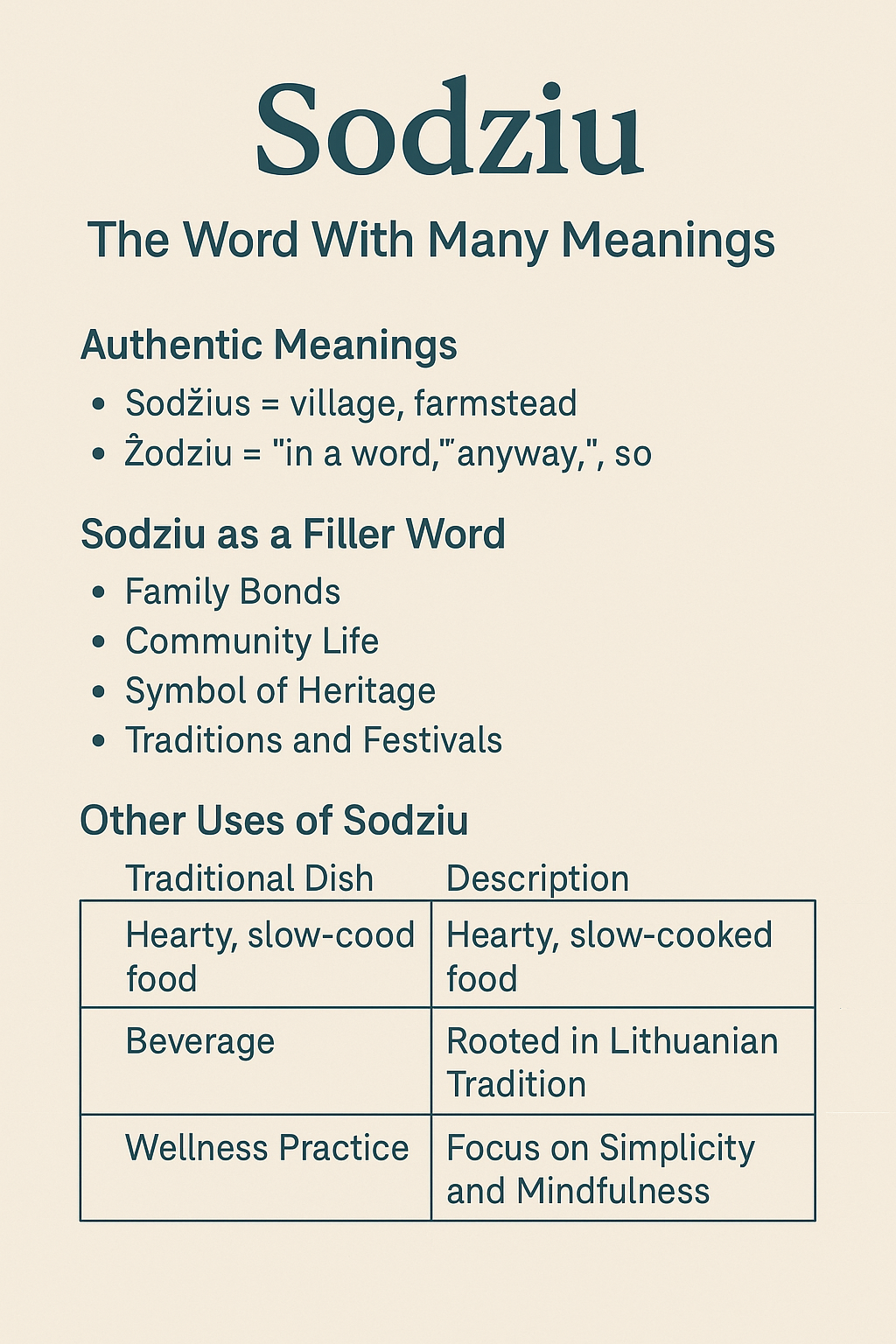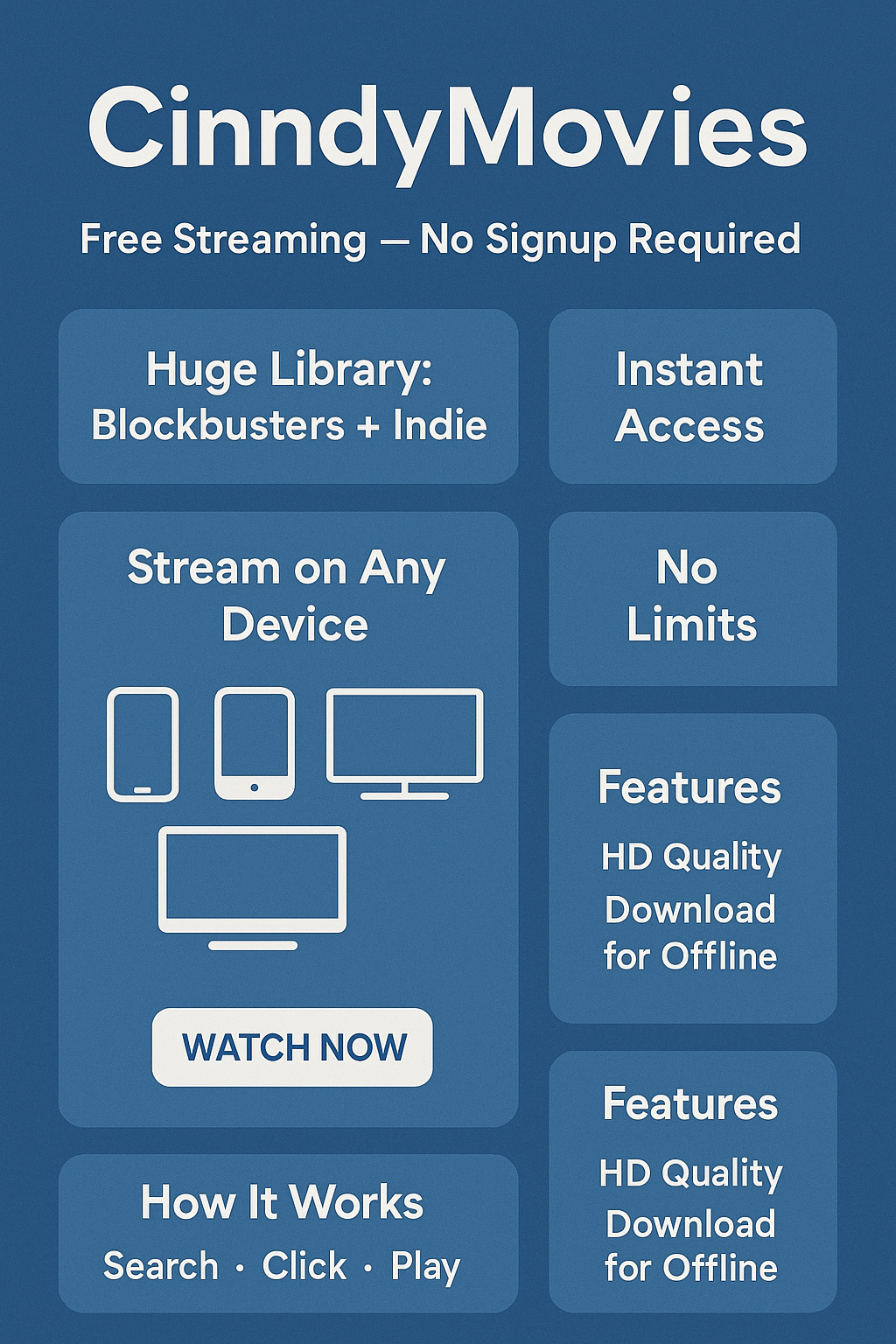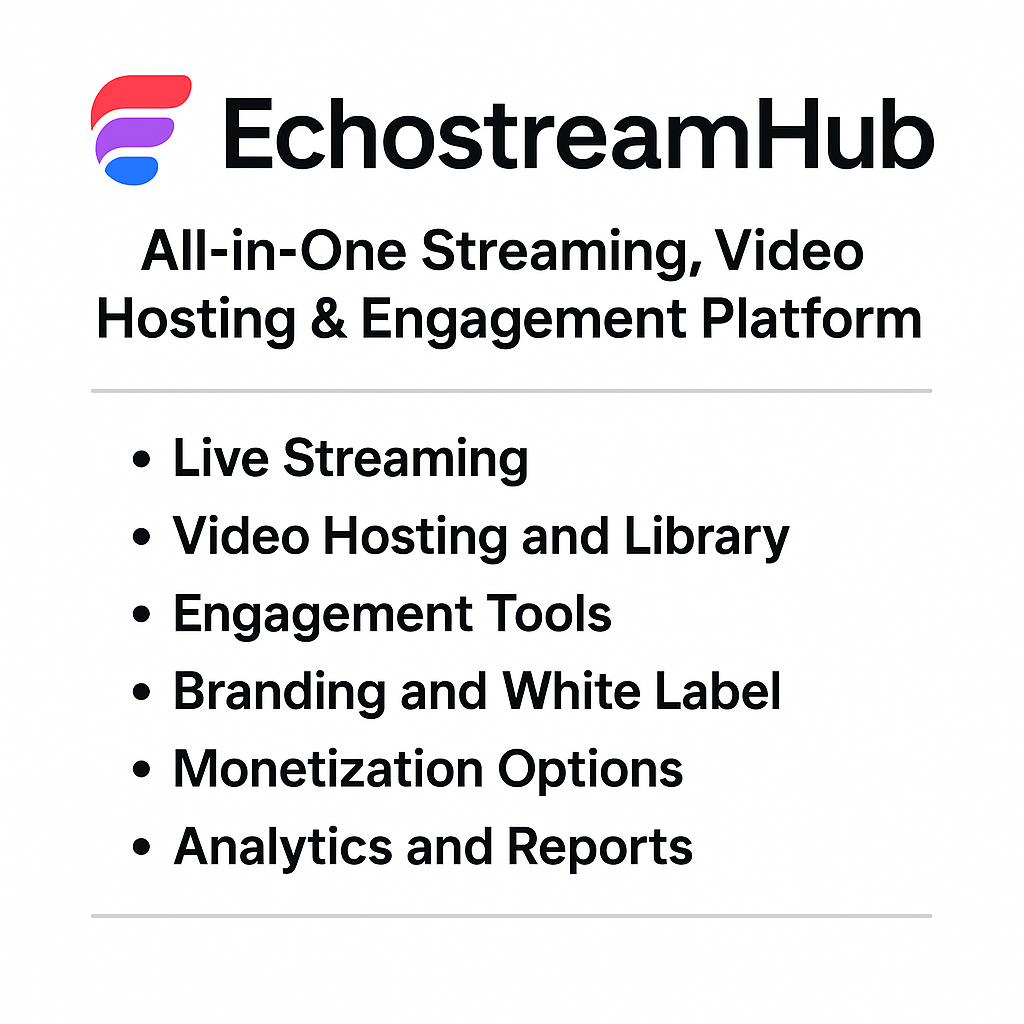Tech
10 Great SEO tips for beginners in 2019!
Published
7 years agoon
By
Farhan Malik
AN ENCRYPTED CONNECTION WITH SSL
This is one of the most basic SEO components that everyone needs to rank higher, but still regularly sees websites without an SSL certificate.
What is a SSL certificate? It ensures that personal and payment data of visitors are protected during the website visit, so that hackers cannot view this data. It is a secure layer that is placed between a server and an internet browser. You notice whether your SSL certificate is active on the HTTPS: // before your URL instead of the standard HTTP://.
The SSL certificate comes with annual subscription that you can usually purchase through your hosting party for a few hundred euros per year. In addition, it is important that it is also automatically renewed after that year, so that you are not suddenly without SSL.
So make sure it’s okay, because Google is no longer giving high rankings to websites without an SSL!
INTERNAL LINK-BUILDING FOR CLEAR CONTEXT
Google is a smart search engine and is also becoming smarter, but it is best to give it a helping hand in understanding your pages and content and the relationship between the products in your product range. You can do this by placing specific links from one piece of content or a product to another page or product, or by tagging products and blogs, hence the name “internal links”.
What is very important is that you remain consistent with your tags and your internal links. If you are going to tag your blog posts with the subject you would prefer to have a list of ready-made tags that you use over and over throughout your blog. The tags must be written in the same way and must state very clearly which subject he or she is written for. With this post I tagged the blog with “SEO” and “website”. For example, Google knows that this post is about Boston SEO for website and that it is relevant for similar search terms.
If you still have a post with the same tag, Google will understand that it is about the same topic. This also ensures better “link juice” on your site (a network of links from one page to another that reinforces the overall context of your domain), meaning that it is made clear to Google what the relationship is between you products and your blog topics for example.
CONTENT / TOPIC CLUSTERS INDICATE WHICH CONTENT THEMES ARE RELEVANT TO EACH OTHER
Also in your blog text it is good to link to relevant pages, and possibly to other websites if this adds extra value for the reader. The trick is not to use too many links and not always use the same links over your website. It is best to keep the URL’S and the internal links in an excel sheet. This way you can see which post links to which page (also very useful if you suddenly make changes to your URLs and link links are broken. Then it is easy to find out in the sheet which pages have broken links).
The link that you place must have a good ‘anchor text’ that is the text that you select and link. It is therefore best to link a logical piece of text to a relevant other page in your shop or another blog post. Imagine you have a jewelry website, and then you could link to your “golden chains” page at your blog post about golden jewelry with the text golden necklace.
Another easy way to strengthen that link juice at your website is to link your most important product categories in your Footer. These links can be seen on every page throughout the site. This is of course also very good for the ease of navigation, especially on mobile where visitors often scroll more and further down, so they come across your links.
THINK IN THEMES & OPTIMIZE FOR YOUR TARGET GROUP – NOT FOR SEARCH ENGINES
You have probably read about the importance of adding keywords to your texts, but this is already quite outdated advice and not entirely true. Of course it’s good to have some important terms in your title and in the content, but you don’t have to use the same word everywhere fanatically. Nowadays, Google understands more about context and prefers that the page is nice and readable for your target group than it is full of keywords and links.
Therefore, Google also looks at time on page, whether the blog receives post comments, shares, likes to get an idea of the popularity and therefore the value of the post. So make sure you have fantastic blog content that is written for your target group and activate your visitors to share, like, respond, etc. When there are many of these ‘social signals’, Google knows that your website is valuable, and you will be faster grab a higher position on relevant keywords.
ThinKASA Boston Web Design Company offering quality services for web design, web development and search engine optimization.
TIP: Also use synonyms if you find yourself using the same word in a text too often. Spice it up & Mix it up!
RESPONSIVE WEBSITE
I can’t stress this enough. If you have a great website but it is not optimized for mobile, then you don’t have a great website. In 2016, Google already announced that they were working on an update that would mean that mobile-first websites would be preferred in search results, and in 2019 the time has come. No more excuses for not having an optimal mobile site. If your website is already mobile responsive, so it automatically reduces your page and arranges content among each other when you make the window smaller (try to grasp the corner of the window on your desktop and make it smaller), then you’re happy already a step closer.
What does mobile first mean? Especially that your content is really tailored to mobile devices and therefore that you do not necessarily show all content on mobile that you also have on your desktop version. Because you are dealing with a smaller screen, you could hide all kinds of things, texts, buttons and icons that only distract and make navigation more difficult on mobile. A good web developer can help you with this.
METAS ARE NOT IMPORTANT FOR YOUR RANKINGS
This is because such an old misconception in SEO that people are completely blinded by. Your Meta titles and Meta descriptions have no effect on your rankings. Then why would you enter them? Because they make your web pages attractive in the search results and ensure a high click through. It is the first thing that someone sees when your website appears in Google. If the title and description of your (keyword) competitor is more catchy and clearer than yours, then you quickly lose that click and therefore the potential customer.
The length of Meta descriptions that used to be only 155-160 characters long, he has since the end of 2017 extended to 230 characters. Now you can write a lot more text to describe your page or product, but also very time consuming. If you are going to do it yourself, I advise you to start with the Meta titles, because they will be the first to stand out. And if you have already entered 155-160 characters, leave it there. For some searches, Google will still show it, but when it finds that relevance can be higher, it automatically expands it with text from your page, so you get a longer Meta description.
>How do you write a catchy Meta title?
- Be relevant – if you mention something in the title that you don’t see on the landing page, people will leave.
- Use ‘-‘ or ‘|’ to divide your title: Usually | used for your brand name. For example “Lina Andersson” with me.
- Stand out! For example, use positive words and a call-to-action (activating) word such as
” Order fantastic luxury leather bags | DaphnyRaes.com”
… for a general page with luxury leather bags, for example. - Max 55 characters so that it is not truncated by Google.
CONTENT COPY / PASTE – DO NOT!
This is a very common problem especially in websites with hundreds or thousands of products, also called ‘duplicate content’ in SEO terms.
If you have the same content on more than one page, Google will see this as if you are trying to fool it. Two pages with the same content = cheating. So you should never do this and where possible put another version of the text.
You often see this on product pages and descriptions. So if you want your products to be found properly in Google, you have to give them their own product description. However, this does not apply as a rule when it comes to different variants of a product, for example the same product in blue as in red. It is better to deal with situations like this in a different, technical way where you indicate to Google which product should be the “basic product”. For example, you indicate that he should not index other variants with the same text in Google, and he does not see it as duplicated content.
EXTERNAL LINKS FROM VALUABLE WEBSITES
Something that can often quickly have a positive influence on your rankings is links to your website from other websites. This should not just be what websites are, because if you put your link anywhere on random sites, this can also be counterproductive. Remember that the websites that link to you:
- Also prefer to rank well in Google for relevant search terms, the higher the better
- May not have a high spam score (e.g. with a tool such as MOZ Open Site Explorer )
- Preferably place your link on a “strong SEO page” under a relevant anchor text: for example, that the website links to one of your jewelry collections from a blog post about jewelry under the text the most beautiful gold jewelry for festivals.
How do you take care of those links? By promoting you and doing a lot of cold & warm acquisition! So send emails or call and introduce yourself. Keep in mind that your website, product or blog post to which you want to link must also really add value to their target group. So explain well why someone should link to you, what’s in it for them? Of course you can also do a link swap, where you also place a link to their website in exchange for a link.
CONTENT; GO BLOGGING, OR OUTSOURCE.
If you want to maintain your SEO positions in the long term, especially if you sell products that the big players with high rankings also offer, you must continue to create and share content.
In your website your blog is one of the most valuable parts of your SEO & content strategy. Now I understand very well that far from every website owner is eager to start blogging. If you really don’t like it – don’t do it yourself. The most important thing about SEO is that you keep going – you can’t just put 3 blog posts on your shop and then you’re done, unfortunately. Also, you shouldn’t just pop random topics on your blog if your goal is to sell more products – you need to investigate what your audience is looking for in Google.
The most important points for your blog posts:
- The blog posts of at least 1000 words, preferably 2000+, are the posts that really have the greatest chance of getting into the top 3 search results in general. That of course does not mean that you always have to write this kind of monster posts, but once in a while it is very smart to do – as long as you choose the right topics and can give a lot of value.
- As mentioned above, write in a natural way with your target audience in mind. From my own experience I know that it helps if you just start typing without stopping, and only after you have finished the text will adjust the headings and images etc. and add them. This way you will not get yourself out of that flow and you will be surprised how much fun the mail actually turns out!
- Do not forget to (subtly) process your products in the mail if ‘more sales’ is your goal. This can be done, for example, by writing an inspiration post in which you include your own products (with images) or give tips where your products play the leading role. Use your imagination and think about what your target group finds valuable and fun. Do you have a very practical product? Then you may want to write earlier about the ways in which you can use that product, or about the problem it solves for the customer.
- Decorate every post with beautiful media, such as images, video, info graphics, and other beautiful makers. That long piece of text suddenly becomes much more fun to read and your products come out nicely.
MAKE ‘BEING SOCIAL’ EASY WITH YOUR CONTENT
As mentioned earlier, the “social signals” of your content also count when determining your rankings. So if your followers like to share your content, you have a lot of traffic from Facebook and Instagram, and people respond to your blogs, then these are good “social signals”. The more the better, so make sure your posts and videos encourage this kind of engagement.
You have probably heard how important video is and will remain, and that video is enormously good for your reach. So make sure you include a link to your shop in your videos, because social channels love video!
IF YOU AREN’T GOT THIS – GET HELP!
Hey, this may all sound very much and intense, but it doesn’t have to be that way. Do you not want to blog yourself? There are a huge number of copywriters who can write a number of blogs per month for a very reasonable price – I myself have a lot in my network that I work with for my clients. And if you don’t have time for SEO because you are very busy with your business and the “real work” – no worries!
You may like

Sodziu: The Word With Many Meanings

CinndyMovies: A Simple Guide to Features, Safety, and Why People Talk About It

EchostreamHub: A Simple Guide to the All-in-One Streaming and Media Platform

What You Need to Know About Police Brutality?

12 Sites to Watch Free Online TV Shows with Complete Episodes in 2024




